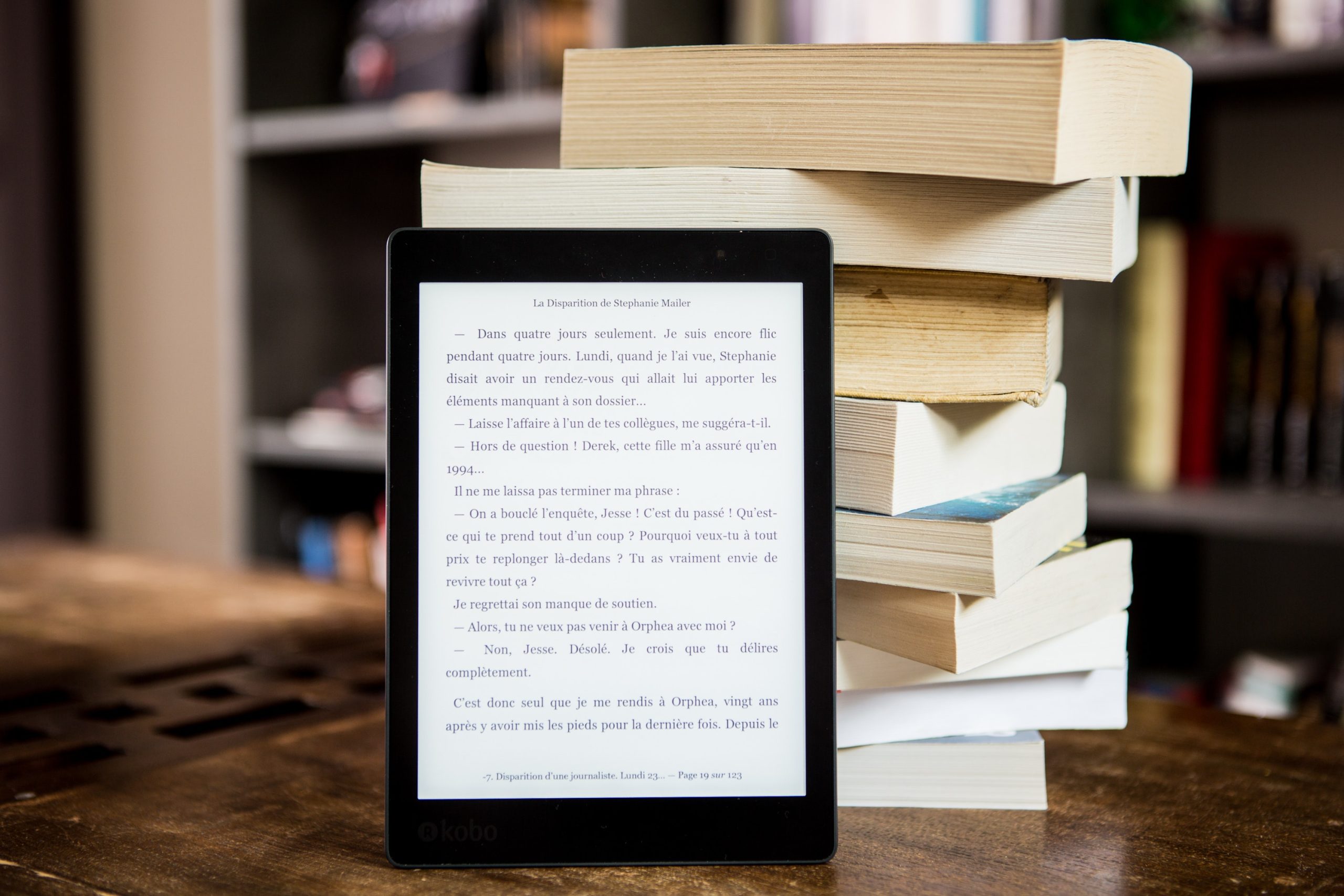Ask an avid reader their thoughts on print vs. digital books, and you’ll likely get an impassioned opinion. People tend to strongly favor one format over another and declare themselves as “team print” or “team e-reader.” To fuel the debate, here’s a practical look at the pros and cons of each type.
Cost: On a per-book basis, digital books are less costly. Since the cost of printing can be removed from the price equation, e-books are offered at lower rates than print editions. However, e-readers require a larger investment upfront, so the cost benefits don’t kick in right away. With print books, readers can share their copies of the book with their friends and family. However, many eBook apps prohibit the sharing and transferring of titles resulting in enthusiastic readers spending extra money for additional copies.
Reading Comprehension: Print books take the win when it comes to reading comprehension. A 2018 study published in Educational Research Review evaluated more than 171,000 readers. The researchers found that people learned more and had better comprehension when reading printed material than on-screen information.
Portability: E-readers and paperback books are equally portable, but e-readers can hold volumes of books on one small device. In a single-book comparison, portability is a wash, but e-readers are clear winners in portability for multiple books.
Convenience: The news is mixed when it comes to convenience. Print devotees claim that not having to charge a device and being able to read in sunlight without screen glare make print books more convenient. Digital book lovers state that in addition to portability convenience, the electronic access that e-readers provide makes it more convenient to enhance the reading experience with features like dictionary and internet searches, and related multimedia.
Environmental Footprint: Comparing the environmental impact of print vs. digital books is a lot like comparing apples and oranges. A complex evaluation requires analysis of mineral extraction, fossil fuel consumption, carbon footprint across each phase of the product lifecycle, and so on. In simpler terms, they both have their pros and cons. For example, e-readers have a higher carbon footprint than print books in the production stage, but print books are heavier to ship and use more resources in the distribution stage.
Community: Books can bond people, which is one reason that book clubs and review sites like Goodreads are so popular. Since print books are visible to others, they can spark conversations and a spirit of community, even among strangers. Current e-readers have limited social sharing features, but they’re improving with ways to share thoughts and participate in online communities.
Our take? As a publisher, we certainly are diehard print book fans. Still, we appreciate the opportunities that e-readers provide for people to explore new ideas and take entire libraries with them on the go. "Taps on the Walls: Poems from the Hanoi Hilton" by John Borling has just joined our eBook collection. Explore our eBook and print books on our Shopify site. Ultimately, we love seeing people enjoy reading books, regardless of format.

